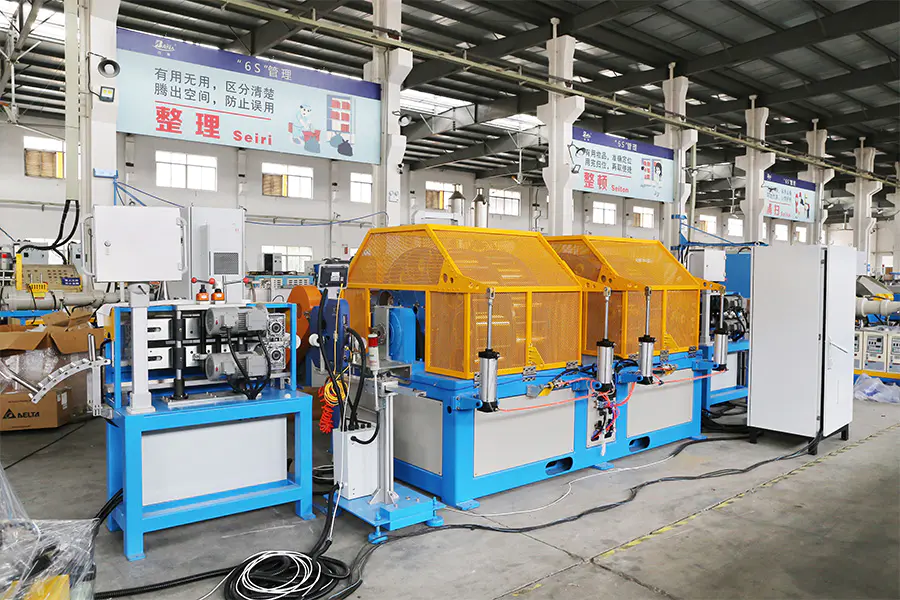What Are the Main Components of a Rubber Vulcanizing Machine?
A rubber vulcanizing machine is an important piece of equipment in the rubber processing industry, as it provides the heat and pressure necessary to transform raw rubber into a durable and stable material. Vulcanization helps improve elasticity, strength, and resistance to deformation, enabling rubber products to perform well in various applications. To understand how this equipment functions, it is helpful to examine the main components that make up a rubber vulcanizing machine and the roles they play in the manufacturing process.

Frame and Structure
The frame is the foundational component of a vulcanizing machine. It supports all other parts and ensures the machine remains stable during operation. Because vulcanization involves significant pressure, the structure is generally built from strong metal materials that can handle heavy loads. The frame usually includes columns, beams, and base plates, all of which contribute to maintaining alignment and preventing deformation. A solid structure is essential, as even small shifts during operation could affect the consistency of finished rubber products.
Heating System
Heat is necessary to activate the chemical reaction that causes vulcanization. For this reason, vulcanizing machines are equipped with a heating system, which typically consists of electric heating elements, steam heating lines, or oil circulation systems. The choice of heating method depends on the specific production requirements. Electric heating allows for precise temperature control, while steam and thermal oil systems may be suitable for larger industrial setups. In every case, uniform heat distribution across the mold surface is important, as uneven heating can inconsistent curing.
Hydraulic System
A hydraulic system is used to generate the pressure required to shape and cure rubber inside the mold. It includes a hydraulic cylinder, pump, valves, and pipelines. During operation, the hydraulic unit applies force to close the mold firmly, ensuring the rubber material fills every cavity. Stable and adjustable pressure helps reduce defects and improves product quality. Regular maintenance of the hydraulic system is necessary to prevent leaks and ensure smooth performance.
Control System
Modern vulcanizing machines rely on control systems to manage temperature, pressure, and timing. These systems may include programmable logic controllers (PLC), screens for data input and monitoring, sensors, and electrical wiring. Operators can set the required curing conditions, and the system will automatically adjust parameters to maintain stability. An accurate control system improves efficiency, reduces human error, and supports product consistency. In some machines, digital interfaces also provide diagnostic information to assist with troubleshooting.
Mold
The mold is a crucial component because it defines the final shape of the rubber product. Molds are designed based on product specifications and are typically made from steel to withstand repeated exposure to heat and pressure. They consist of upper and lower plates or cavities that close tightly during curing. A well-designed mold helps minimize air pockets and ensures smooth surfaces. Because molds are in constant contact with rubber and heat, they require careful cleaning and maintenance to prevent wear and buildup.
Cooling System
After heating and pressurization, the rubber product needs to be cooled gradually to maintain its shape and stability. Some vulcanizing machines include built-in cooling systems that circulate water or air around the mold. Controlled cooling prevents deformation and allows the product to be removed without damage. Even though cooling may appear to be a simple step, it has a significant influence on product performance.
Safety and Auxiliary Components
Safety mechanisms protect operators and the machine during operation. Common features include emergency stop buttons, protective covers, temperature alarms, and pressure relief valves. Additional auxiliary components may include loading and unloading devices, insulation panels, and lubrication systems. These features improve operational convenience, reduce downtime, and help maintain safe production conditions.






 English
English 中文简体
中文简体 русский
русский



